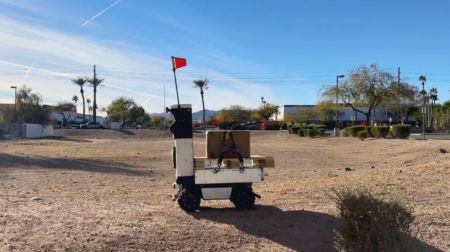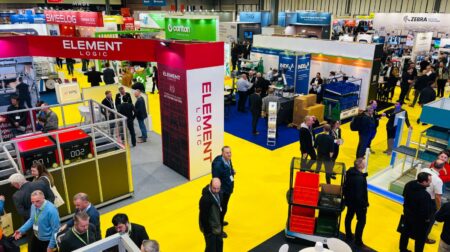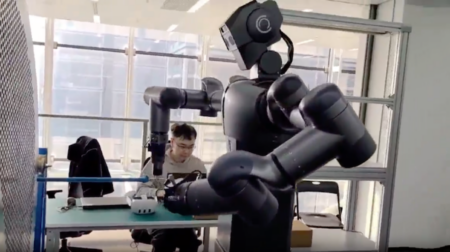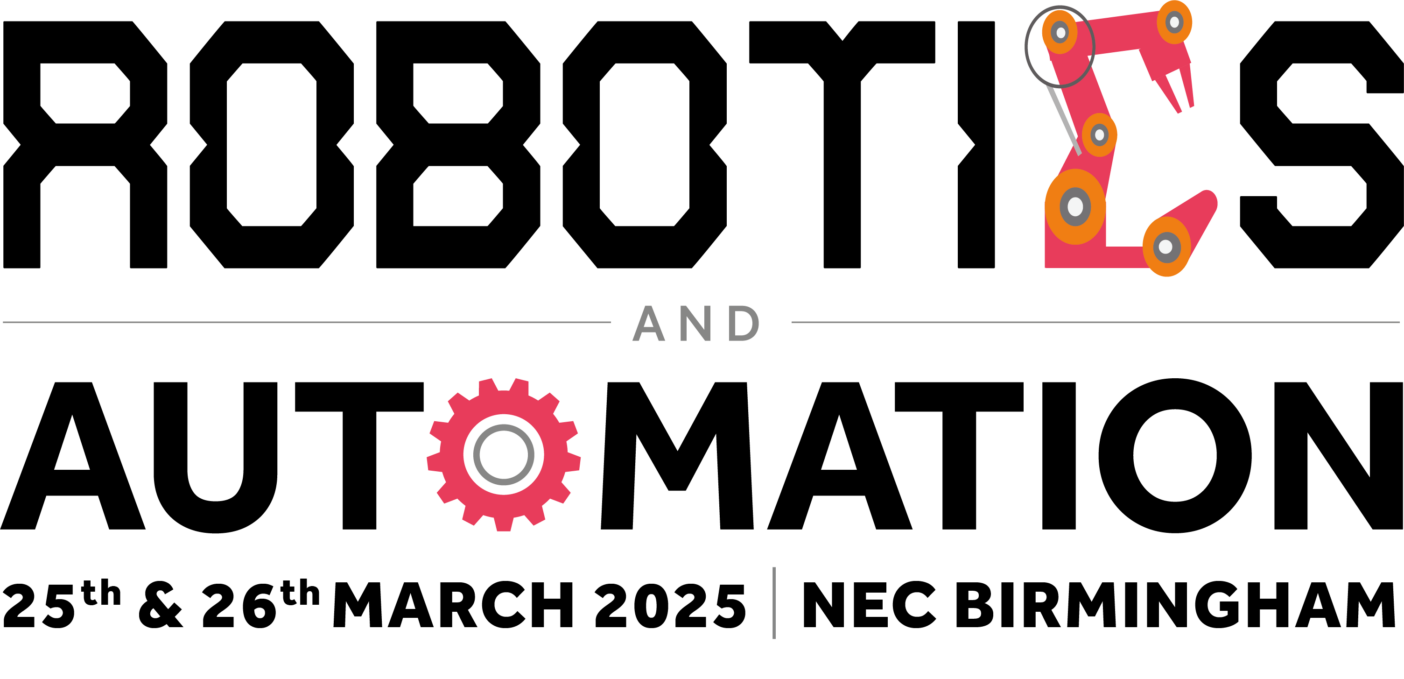Belgian robot vision specialist Pickit has unveiled its first end-of-arm (EOAT) gripper with integrated vision and software, intended for the forging and automotive sectors.
The Billet picker is a gripper solution with a passive hinge that integrates into the product. Utilising an inbuilt 3D vision system and software, it has been specially designed for picking randomly oriented metal billets from deep bins, but can also be used for picking other axisymmetric parts such as pipes, tubes, and shafts.
Bert Willaert, CTO of Pickit, said: “We know that getting the gripper right is a key factor for success with customers’ deep bin-picking applications. I am happy to say that we are the first to combine 3D vision and gripper hardware into a single product for industrial robots.”
The Billet picker gripper builds on the concept of having an adaptable tooltip with a magnet mounted on a rotational axis. According to Pickit, this helps to minimise the required robot workspace and footprint for the robot cell.
Furthermore, the robot can be programmed in its native language without additional cost, simplifying picking motions by negating the need for third-party motion planning software. The tooltip also helps to extract partly blocked parts or parts close to a bin wall by enabling billets to rotate away from the blocking parts or the bin wall when being pulled up.
In addition, the Billet gripper comes with an active mechanism to block the adaptable tooltip in a fixed, known position, allowing for accurate parts placement. The gripper is also compliant in the approach direction to protect the gripper and robot in case of occasional collisions. The compliance has a stroke of 5cm and comes with a pretension of 10kg.
The gripper also acts as a camera holder, with the camera mounted to the gripper in a rigid manner. A sensor is integrated into the tooltip to control whether a part is picked by the gripper or not.
Pickit’s Billet picker comes with standard Pickit software and a pre-configured vision engine for billets. This means users no longer have to tune the tool or pipeline and there is no need to upload CAD models.
Instead, the billet dimension can be automatically set from the robot. Configuration of the pick points is automatic. The software and robot interface sets the billet’s dimensions from the robot/PLC side, with no need to switch between product files.
According to Pickit, the software has been designed to know how flexible the gripper will be, and will find the best way to extract the billet without colliding with the side of the bin or other objects. The software creates a symmetry axis and knows that the billet can be picked from any point on the billet surface.
Pickit said it has conducted extensive testing with the Billet picker, performing over 500,000 picks for six months and emptying thousands of bins with a broad range of billets. The company also completed endurance tests for hardware and full ambient lighting condition testing for the vision part, and has developed a vision engine to meet the application’s needs and optimised configuration.
French steel stamping company Colin Milas installed a robot with Pickit vision to deposit billets from its bin onto the in-feed conveyor. The robot reportedly delivers a billet every 15 seconds, which is within the requirements of the 30-second oven cycle times.
The Billet picker has been released as part of the wider Pickit 3.0 product offering, which includes a new compact and performant processor, as well as a software update designed to improve application reliability and simplify the configuration process.
“With deep bin-picking applications, there is an infinite amount of possible pick points and orientations that can be sent to the robot,” said Willaert. “Some of these might not be reachable for the robot due to workspace and joint limit constraints.
“With the most recent update to our robot interfaces, the robot only starts moving towards a part, if the part can also be reached. This new functionality increases cycle time and prevents unnecessary robot stops.
“I know that the described behaviour sounds like an obvious thing to do for a robot, the reality is that this is more challenging than you would expect. Industrial robots are primarily made for tasks with predefined trajectories, we make them work for vision-guided applications as well.”







